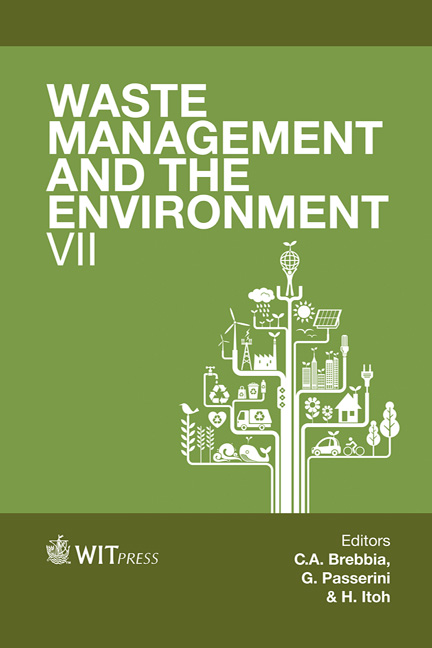The Modelling Of An Anoxic-aerobic Biological Reactor
Price
Free (open access)
Transaction
Volume
180
Pages
9
Published
2014
Size
442 kb
Paper DOI
10.2495/WM140181
Copyright
WIT Press
Author(s)
S. R. M. Kutty, H. A. Gasim & M. H. Isa
Abstract
The anoxic-aerobic wastewater treatment process increases wastewater treatment efficiency and decreases the aeration basin. In this study, raw data obtained from two anoxic-aerobic biological reactors (AABR) used for the treatment of different loads of petroleum refinery wastewater (PRW) were used for developing a mathematical model that could simulate the process trend. The data consists of 160 entries and was gathered over approximately 180 days from two AABR reactors that were continuously operated in parallel. Two configurations of artificial neural networks were compared and different numbers of neurons were tested for an optimum model that could represent the process behaviour under different loads. The tangent sigmoid transfer function (Tansig) at the hidden layer and a linear transfer function (Purelin) at the output layer with 9 hidden neurons were selected as the best optimum model. From the simulation model, the highest removal efficiency was observed as 96%, which was recorded for chemical oxygen demand (COD) influent concentration of 3150 mg/L. Effluent concentration below 100 mg/L was recorded for influent COD concentration, which ranged between 150 and 700 mg/L corresponding to the removal efficiency in the range of 78–88%. Keywords: anoxic, aerobic, biological treatment.
Keywords
anoxic, aerobic, biological treatment.





